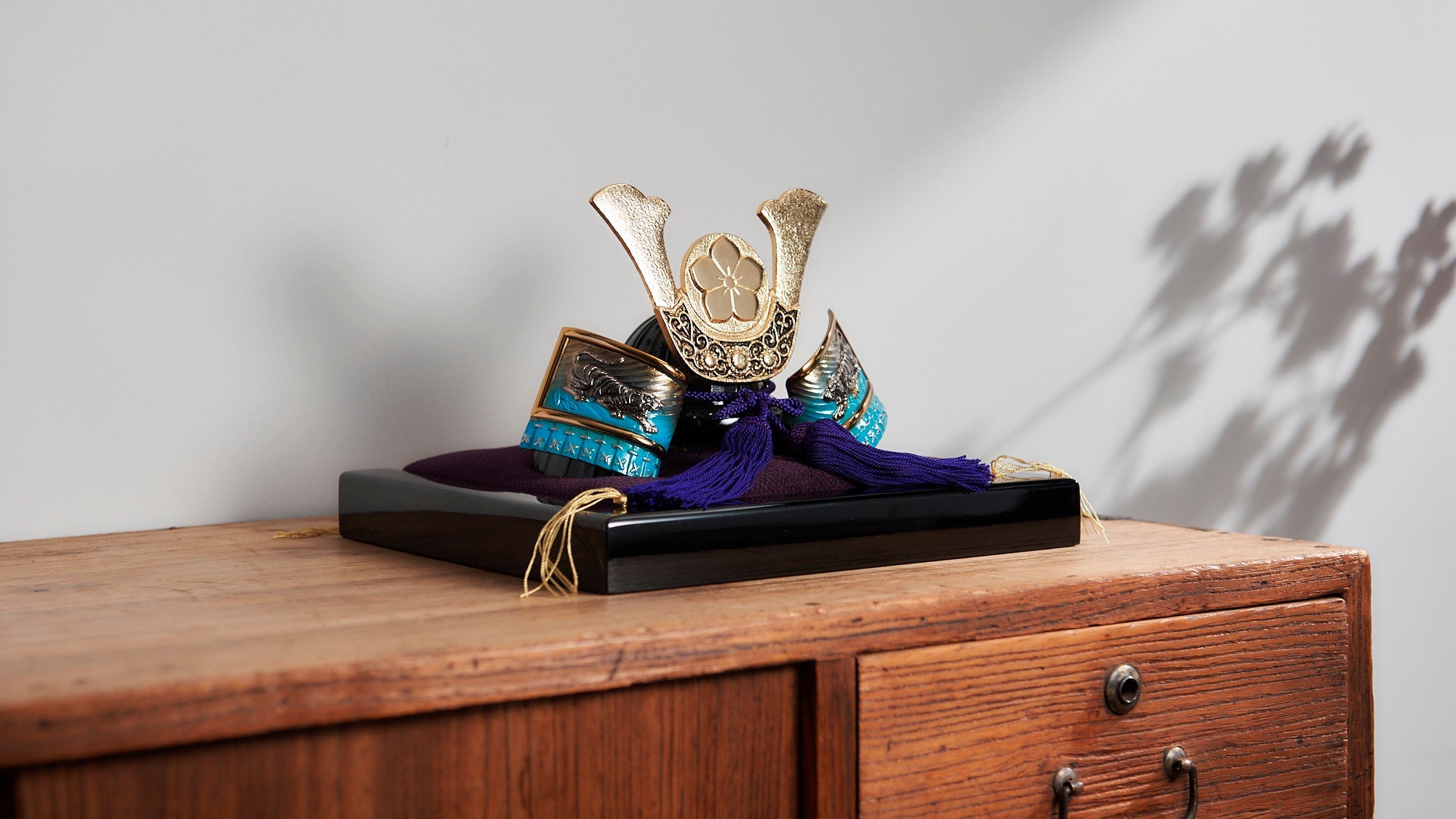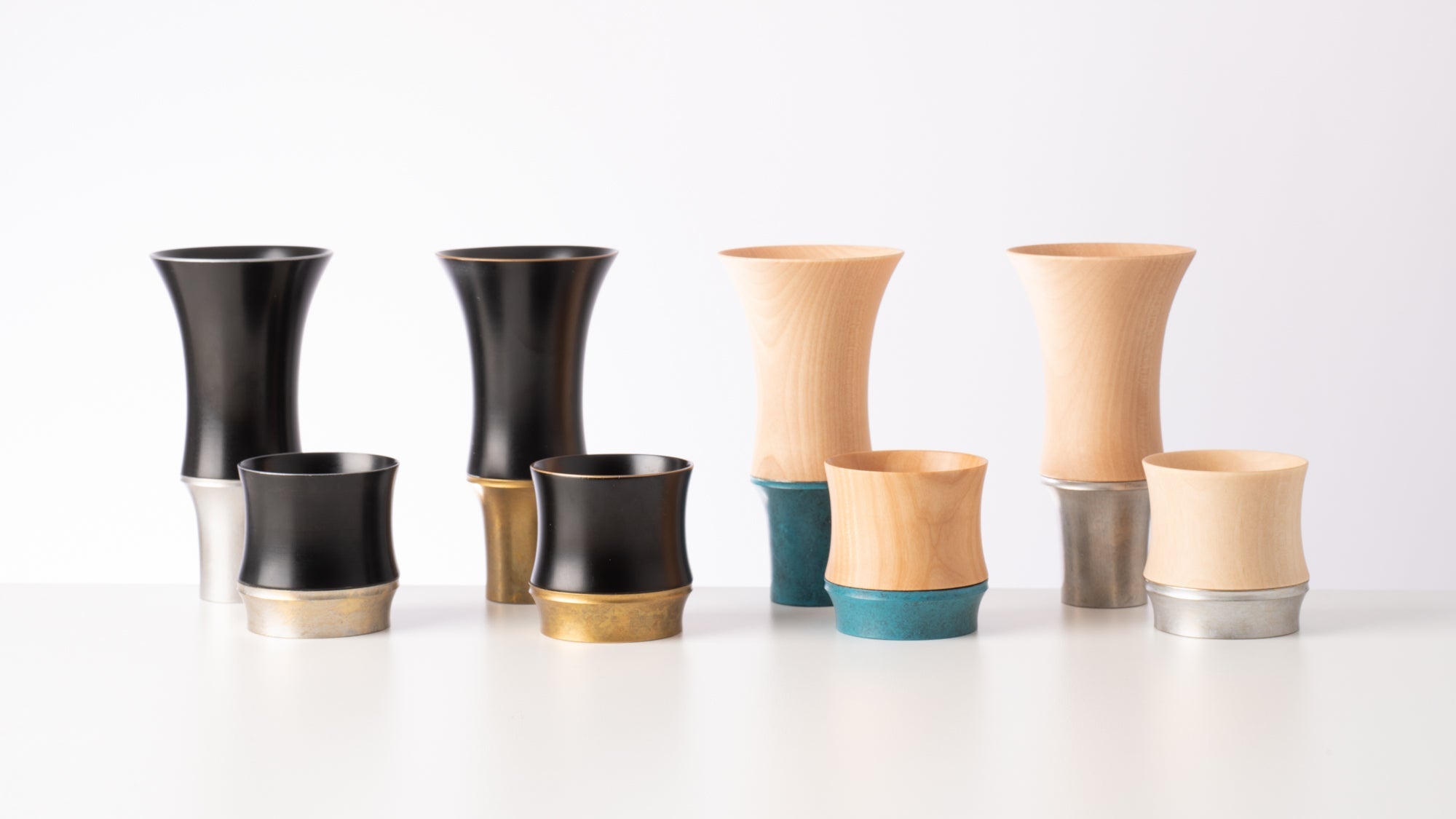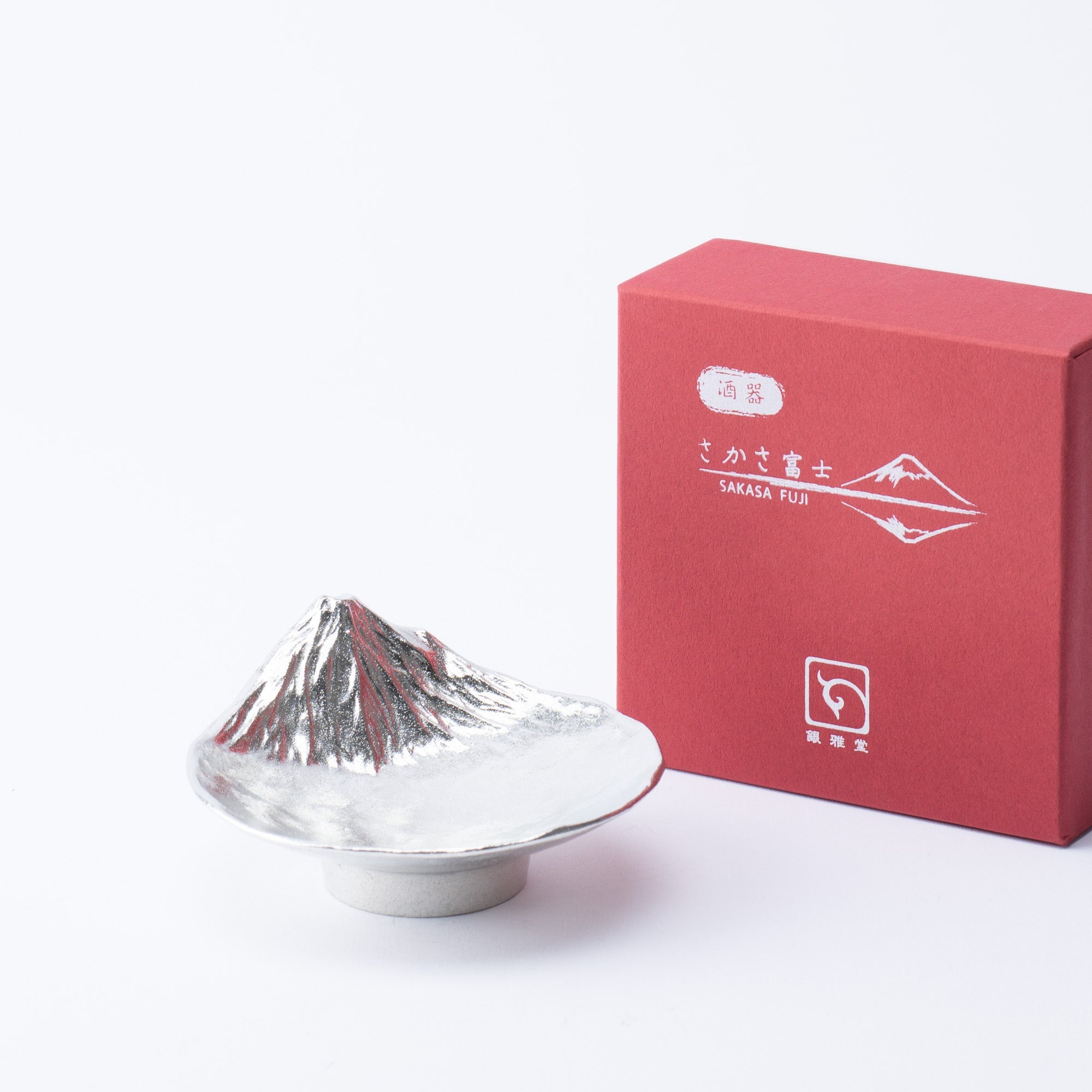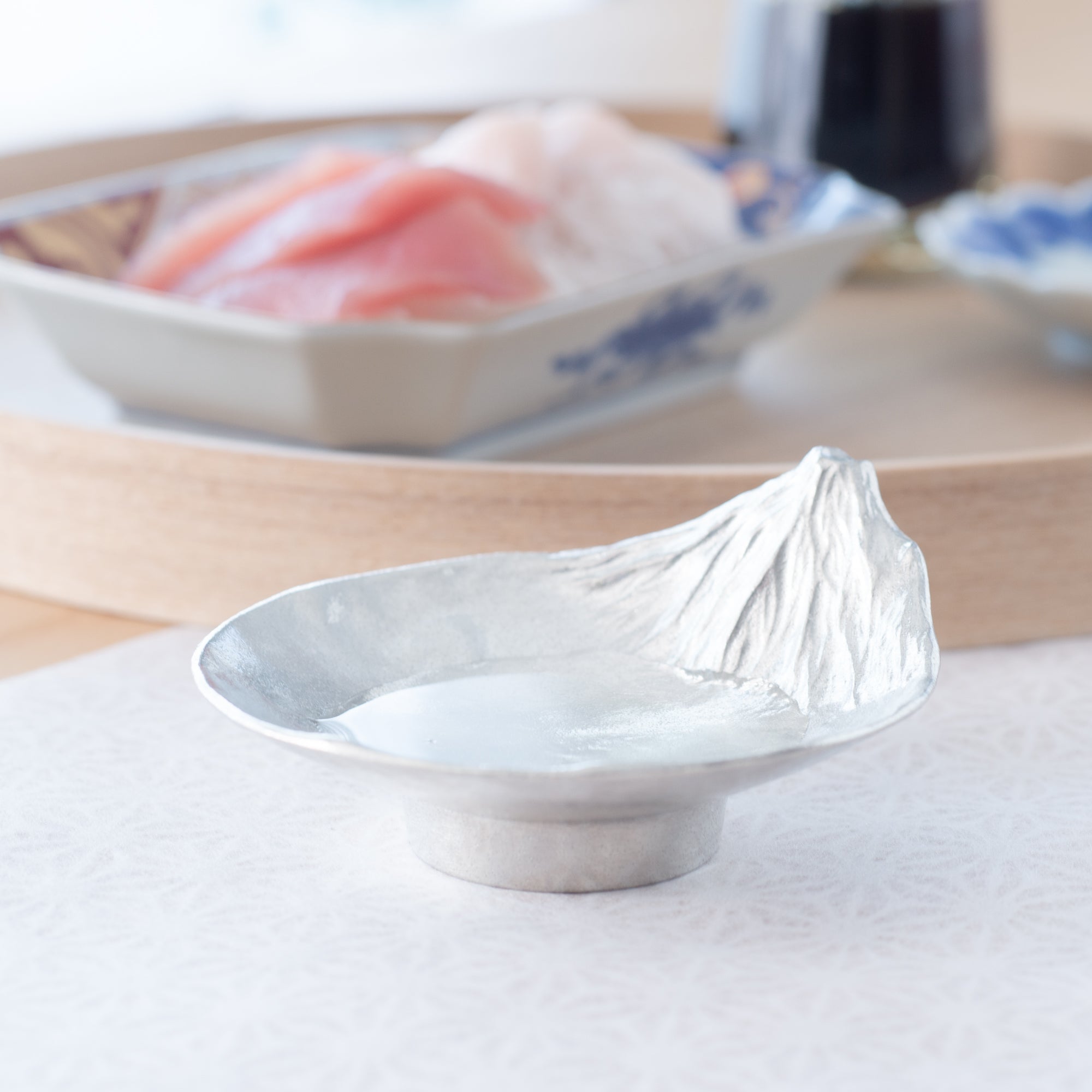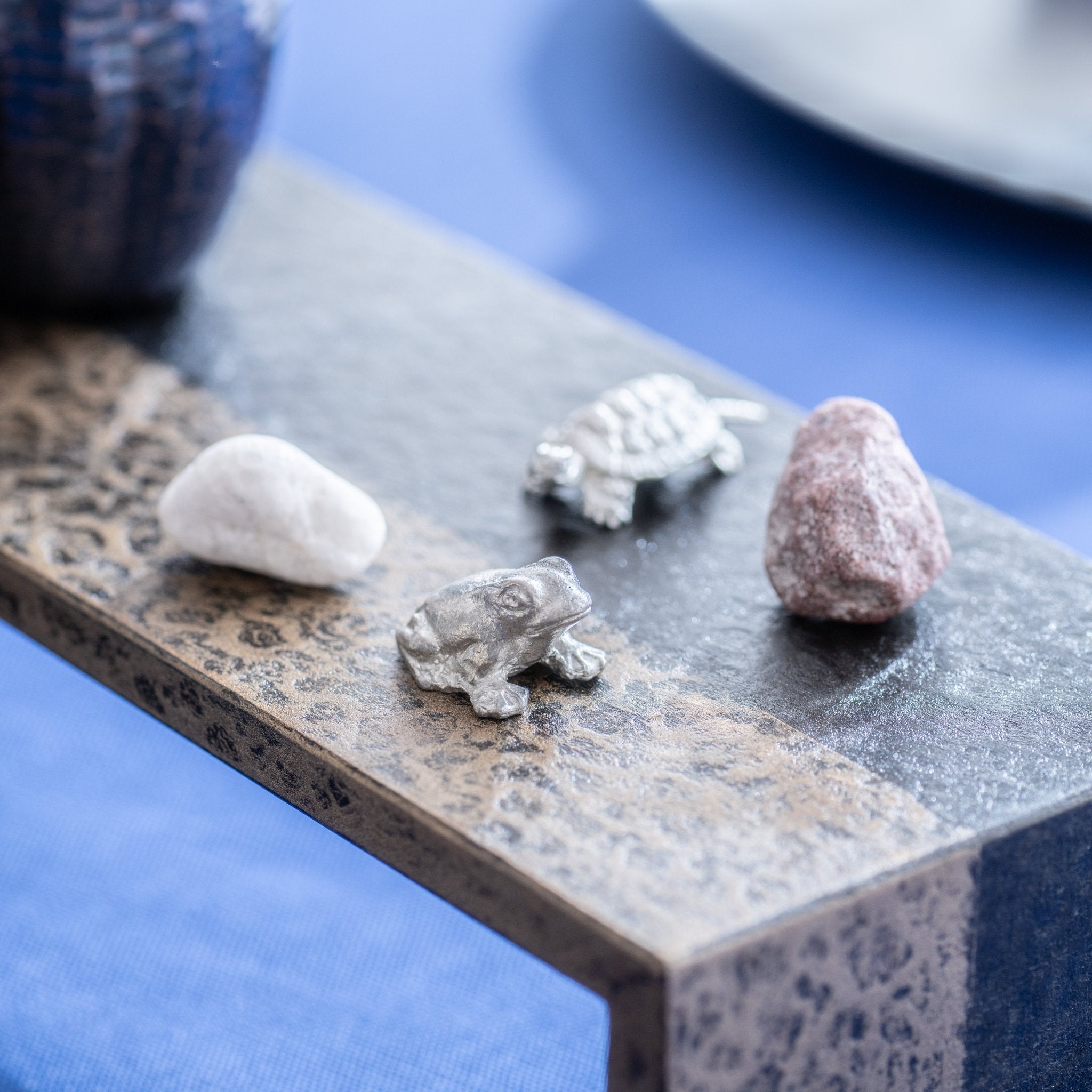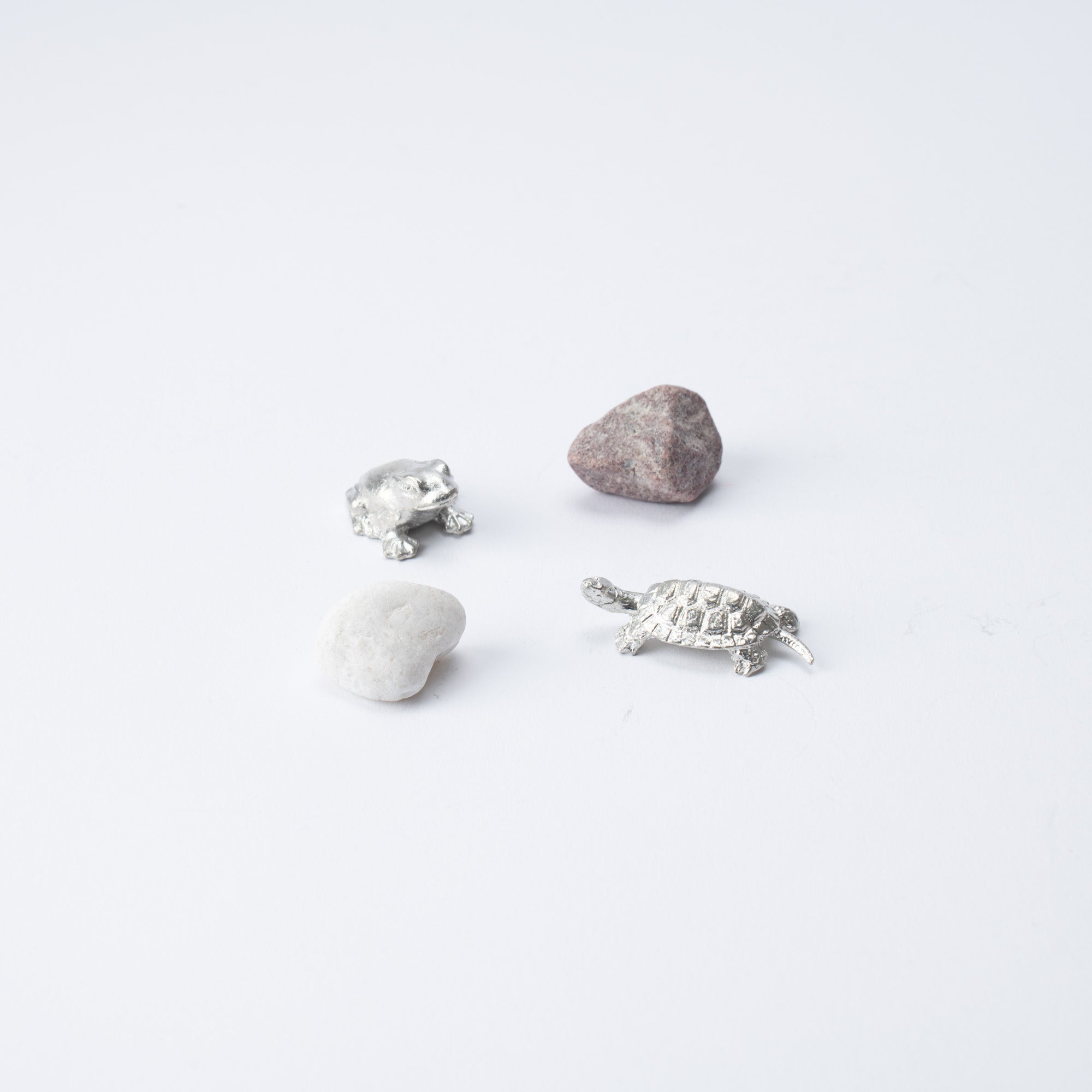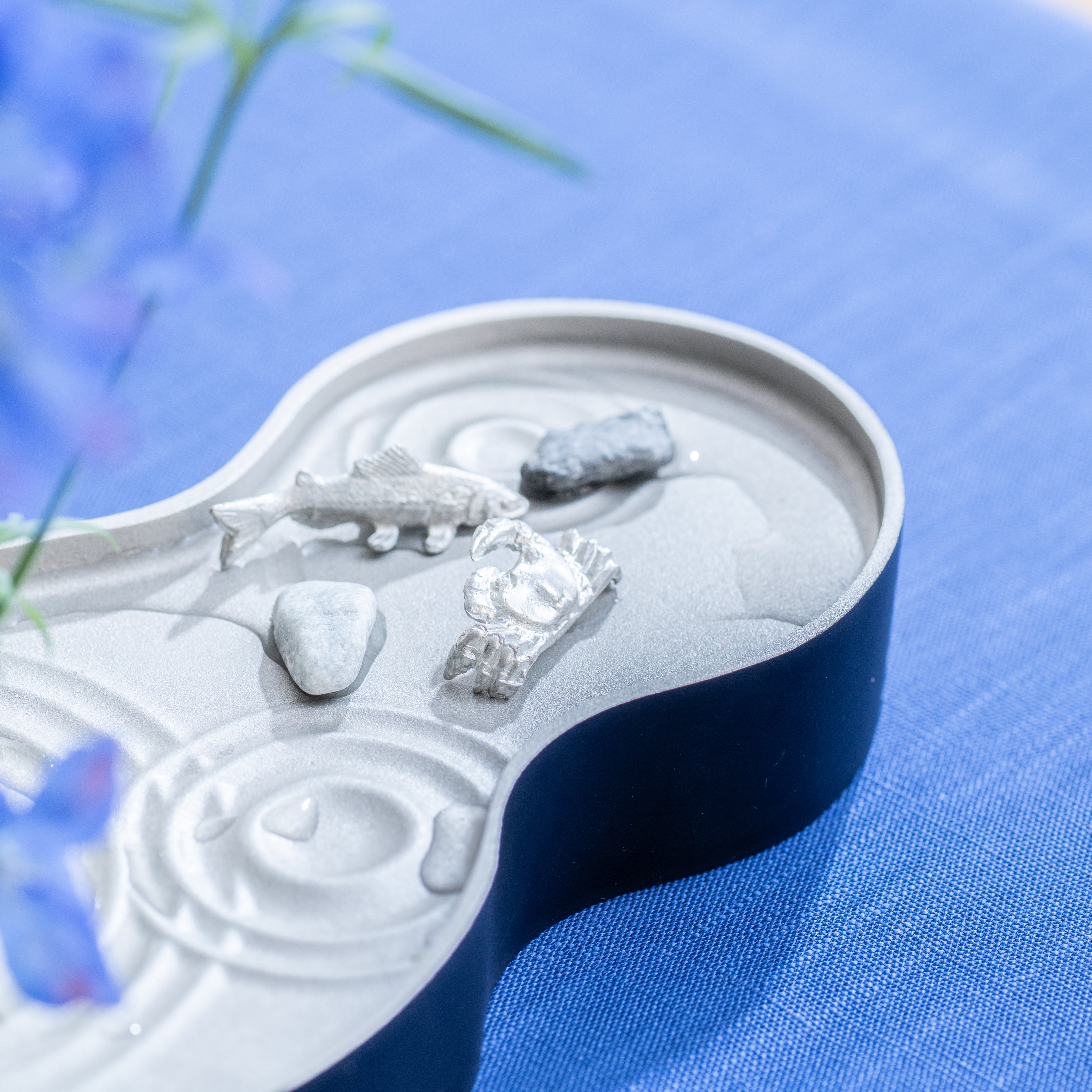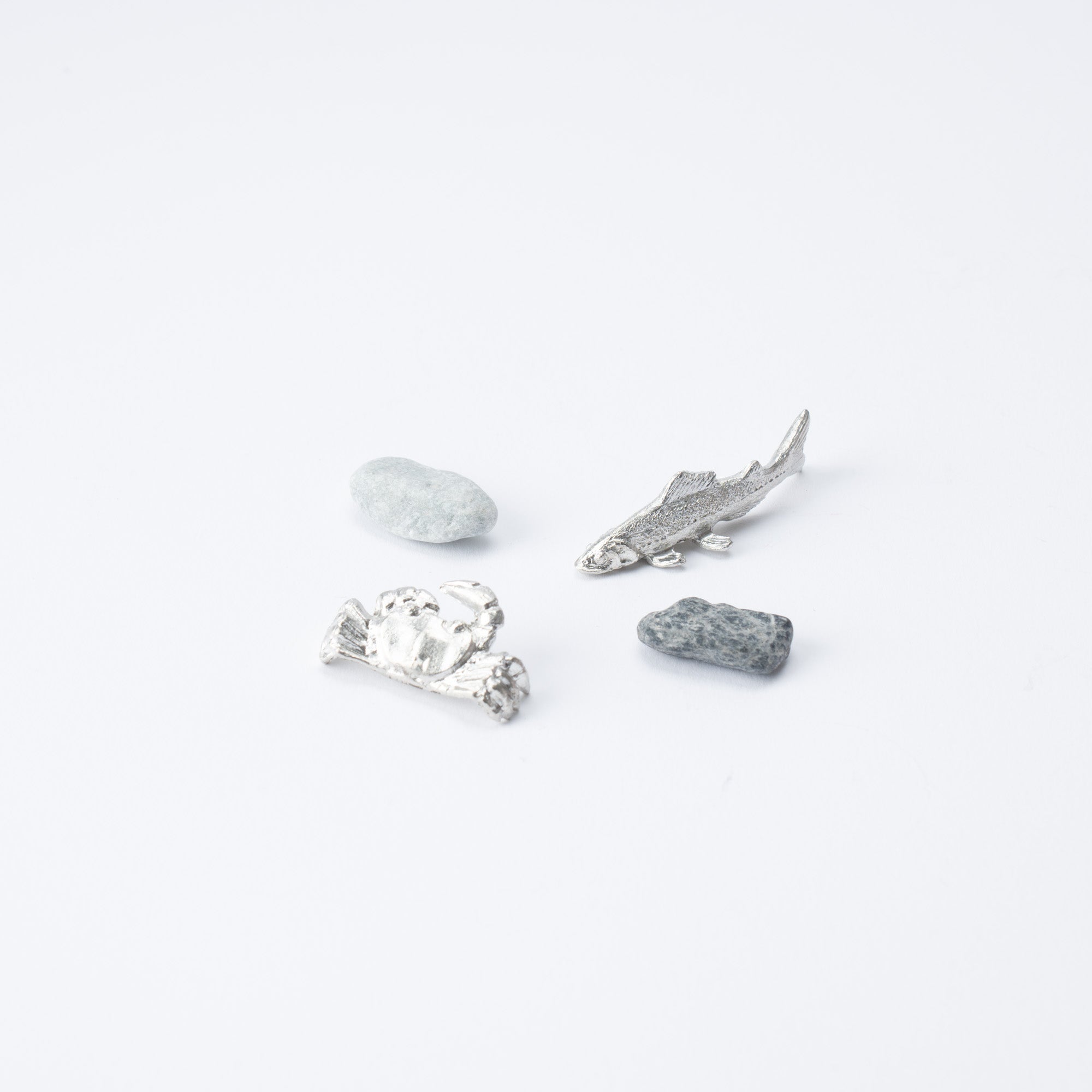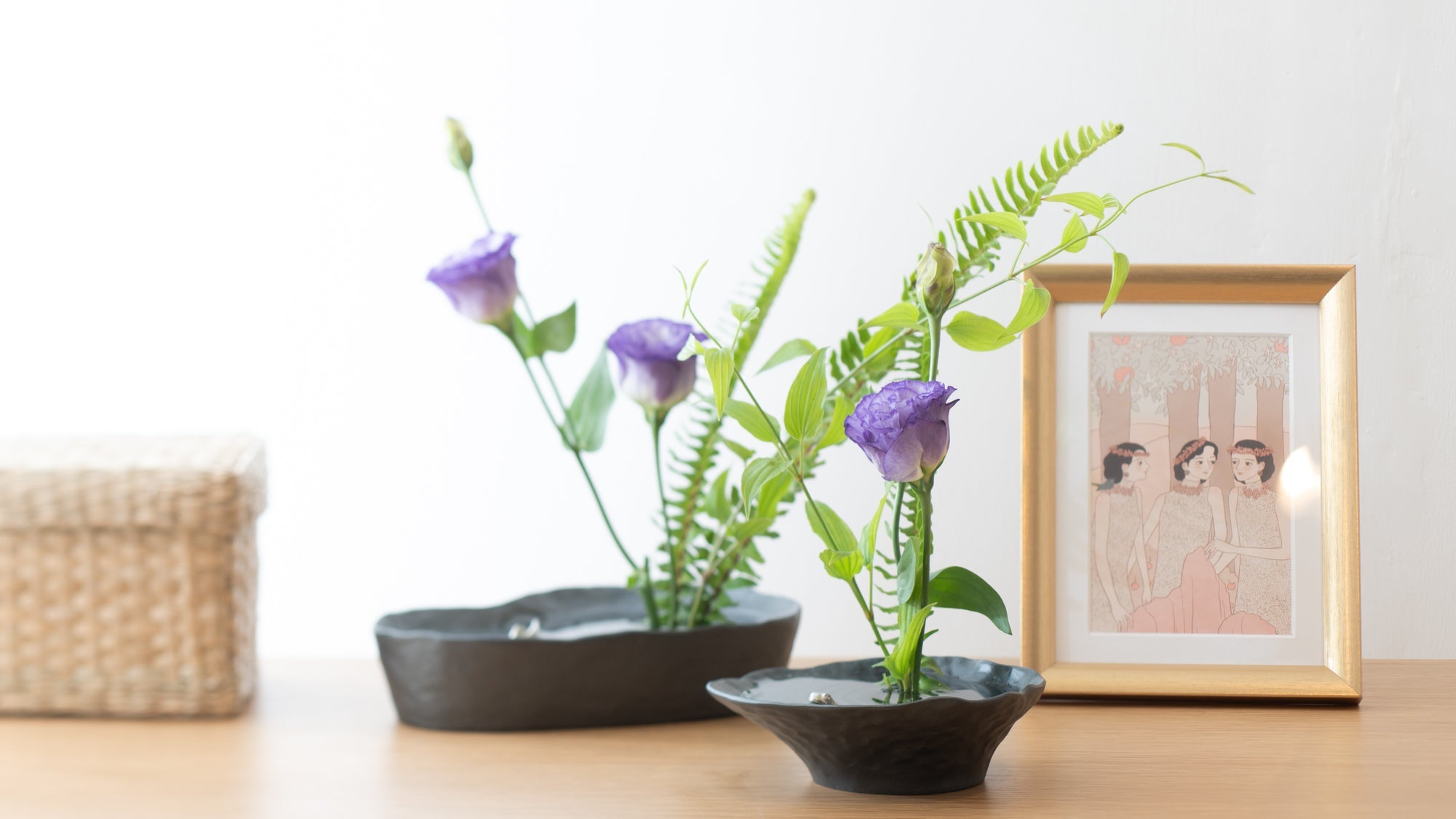
Takaoka Copperware
Takaoka City in Toyama Prefecture is one of the leading metal industry towns in Japan with a 400-year history. It is known for its metal crafts using copper as the main material, which now accounts for about 90 percent of the total production in Japan. There are various techniques used to produce Takaoka copperware, including hammering, casting, and engraving. Craftspeople in Takaoka are highly skilled and use their skills to create beautiful and functional objects ranging from tea ceremony utensils to decorative vases.
Takaoka copperware is known for its intricate designs and exquisite craftsmanship. Each piece is carefully crafted by skilled artisans, who use their expertise to create beautiful and functional objects that are both practical and aesthetically pleasing.
One of the most striking features of Takaoka copperware is its use of texture and color. The craftsmen use a variety of techniques to create different textures and patterns on the surface of the copper, including hammering, engraving, and polishing. They also use a range of colors, from deep browns to bright golds, to create a visually stunning effect.
Another characteristic of Takaoka copperware is its versatility. The craft is used to create a wide range of objects, from small tea ceremony utensils to large vases and sculptures. Each piece is unique and reflects the skill and creativity of the craftsman who made it.
The art of producing Takaoka copperware is a remarkable display of Japanese craftsmanship, steeped in history and renowned for its intricate designs. Its prestige has grown over time and it is now an iconic representation of Japan's cultural heritage. Any admirer of traditional Japanese art should be sure to take the opportunity to observe the beauty that this craft produces.
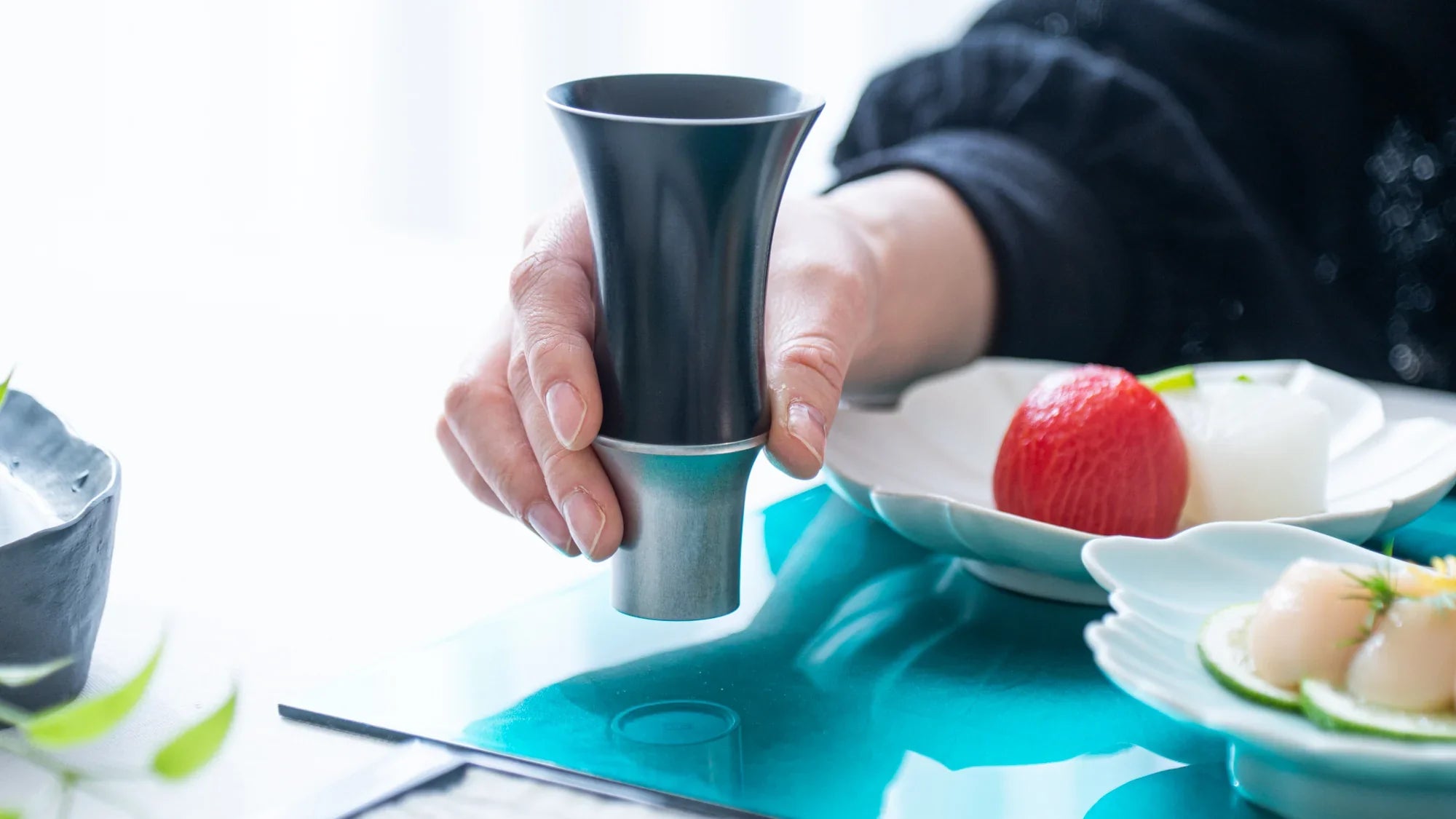
Takaoka Copperware is the general term for copperware made in Takaoka City, Toyama Prefecture, and the craft was first introduced to Takaoka City in the early 17th century when metalworkers invited from Kyoto taught their skills to the local people. In the beginning, daily necessities made of cast iron, such as pots, rice kettles, and farming tools, were the main items produced. Gradually, however, the craft came to include large bronze vessels such as Buddhist bells, lanterns, and large Buddhist statues, as well as Buddhist ritual implements, braziers, and smoking pipes.
During the Meiji period (1868-1912), Takaoka copperware became increasingly popular as Japan rapidly modernized and industrialized, and in 1975 it was designated a "traditional craft" and an important part of Japan's cultural heritage.
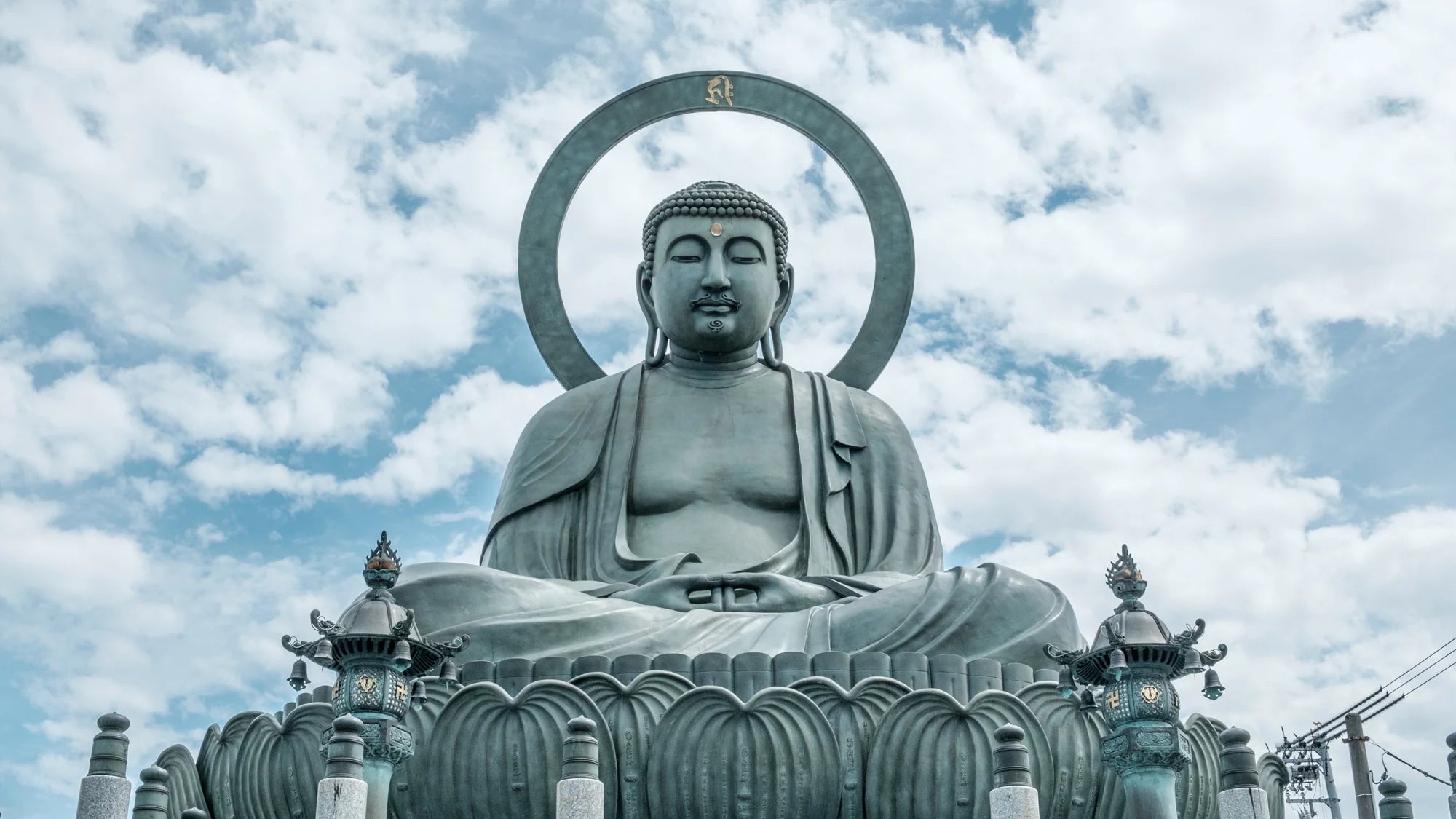
Makers
Filters


